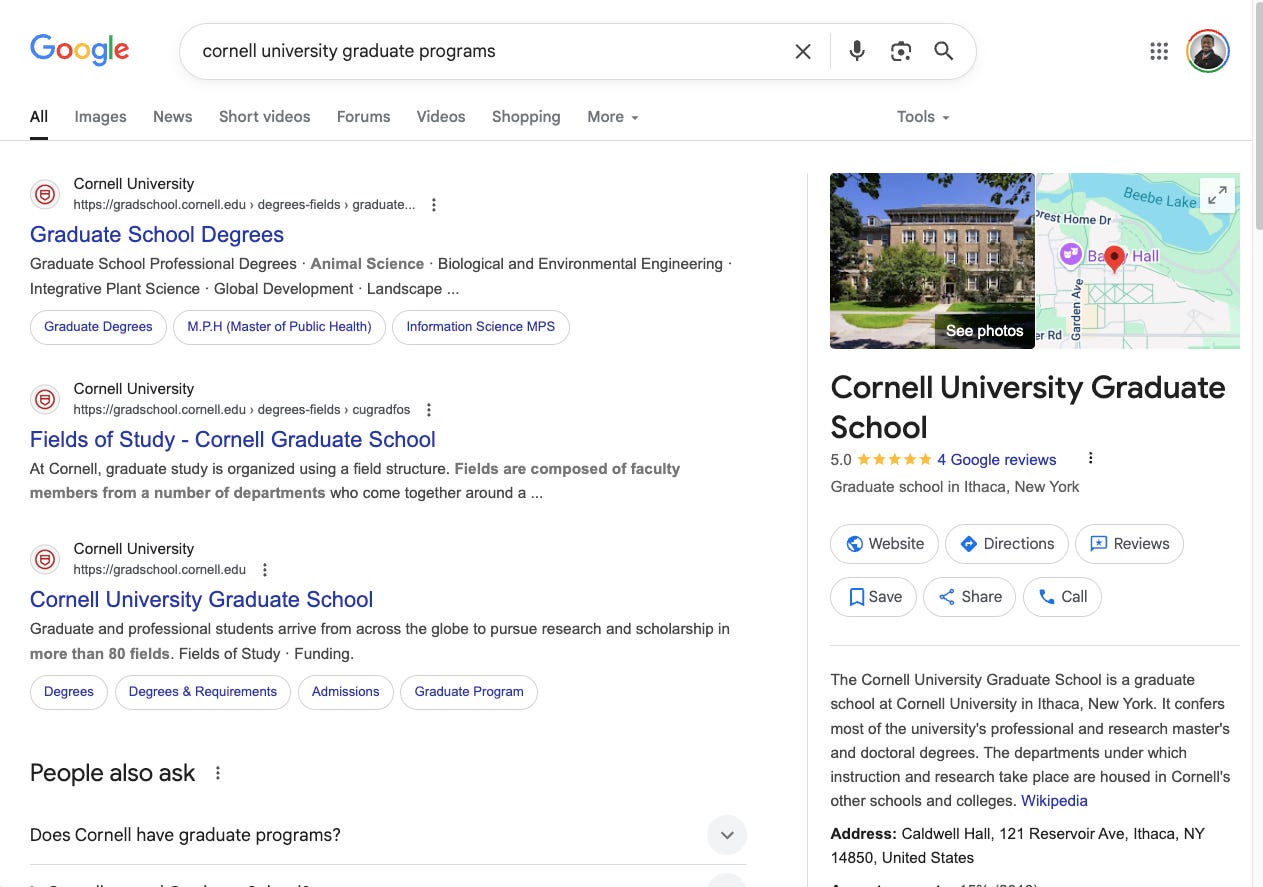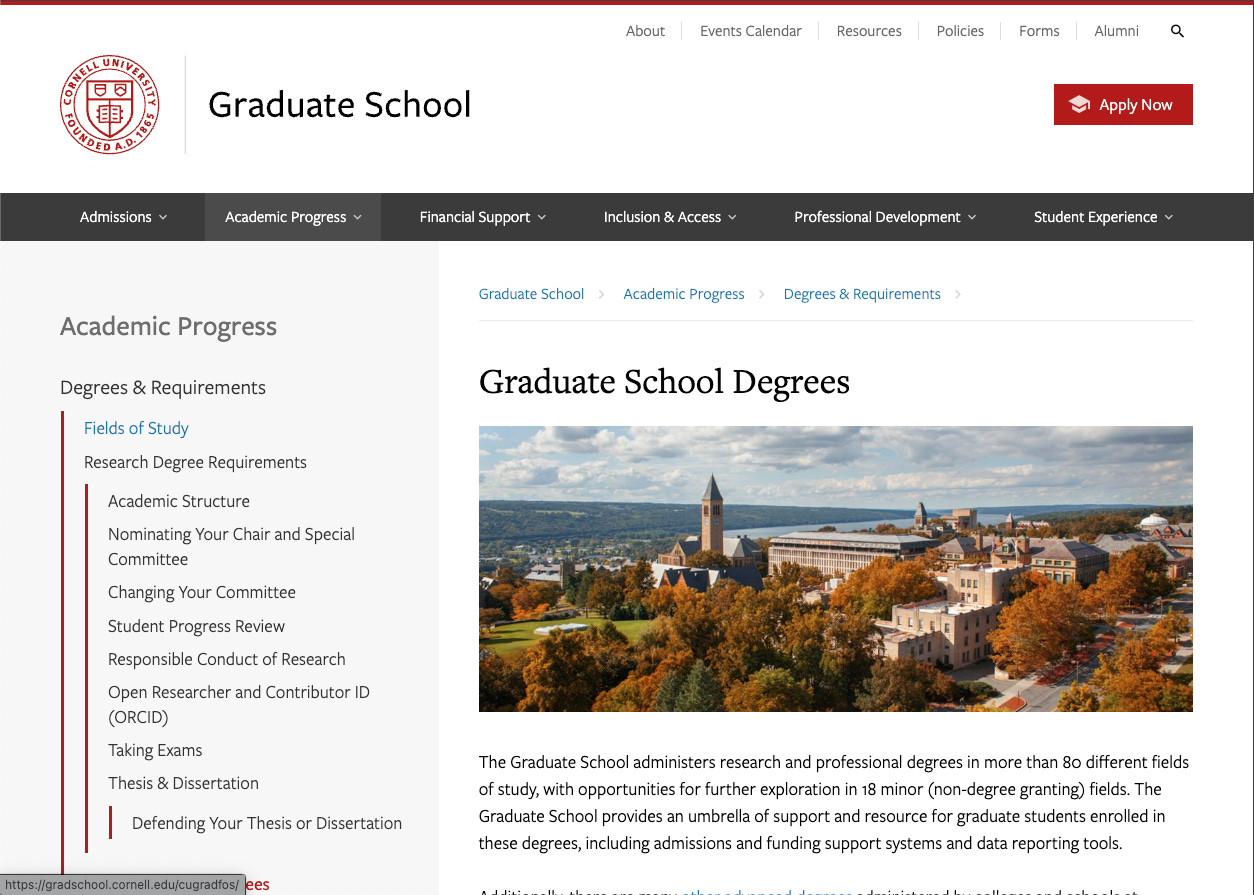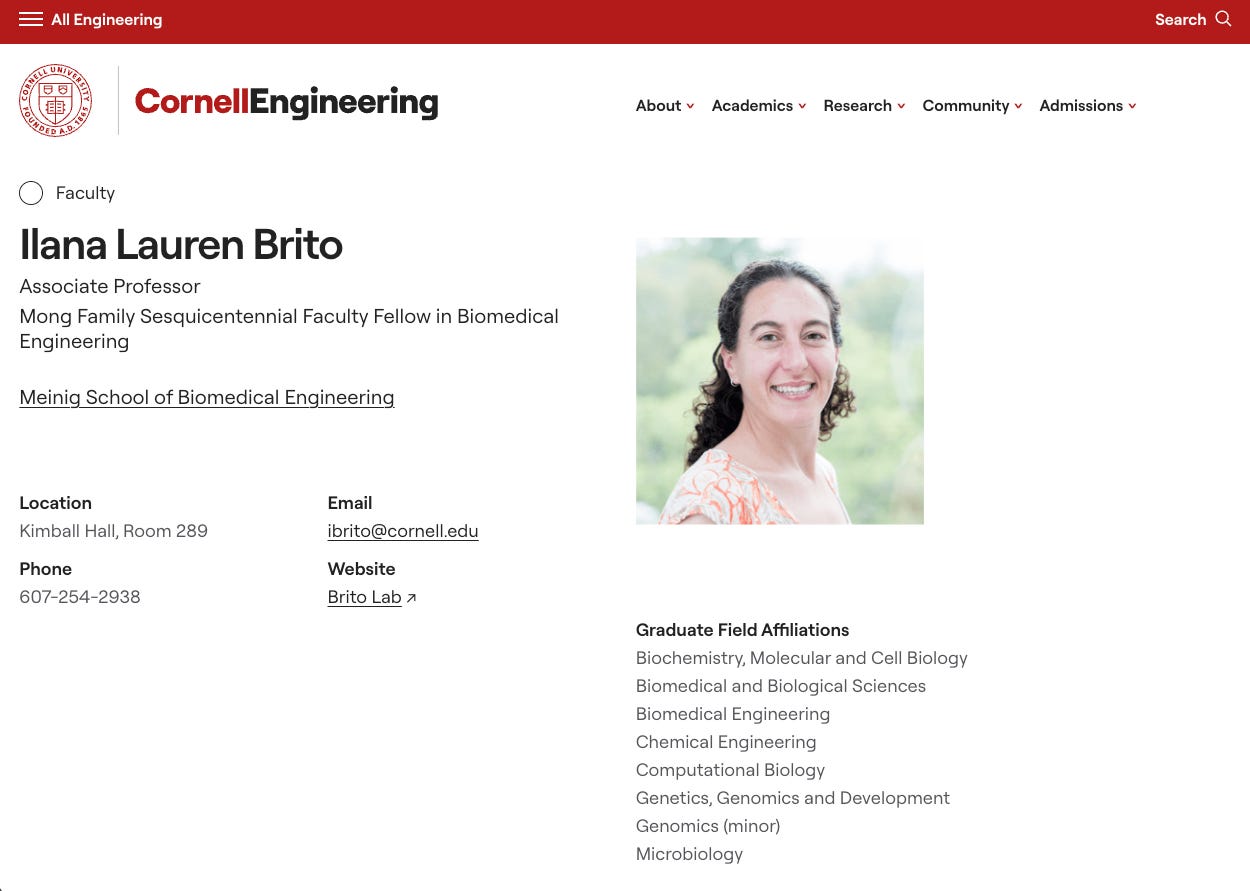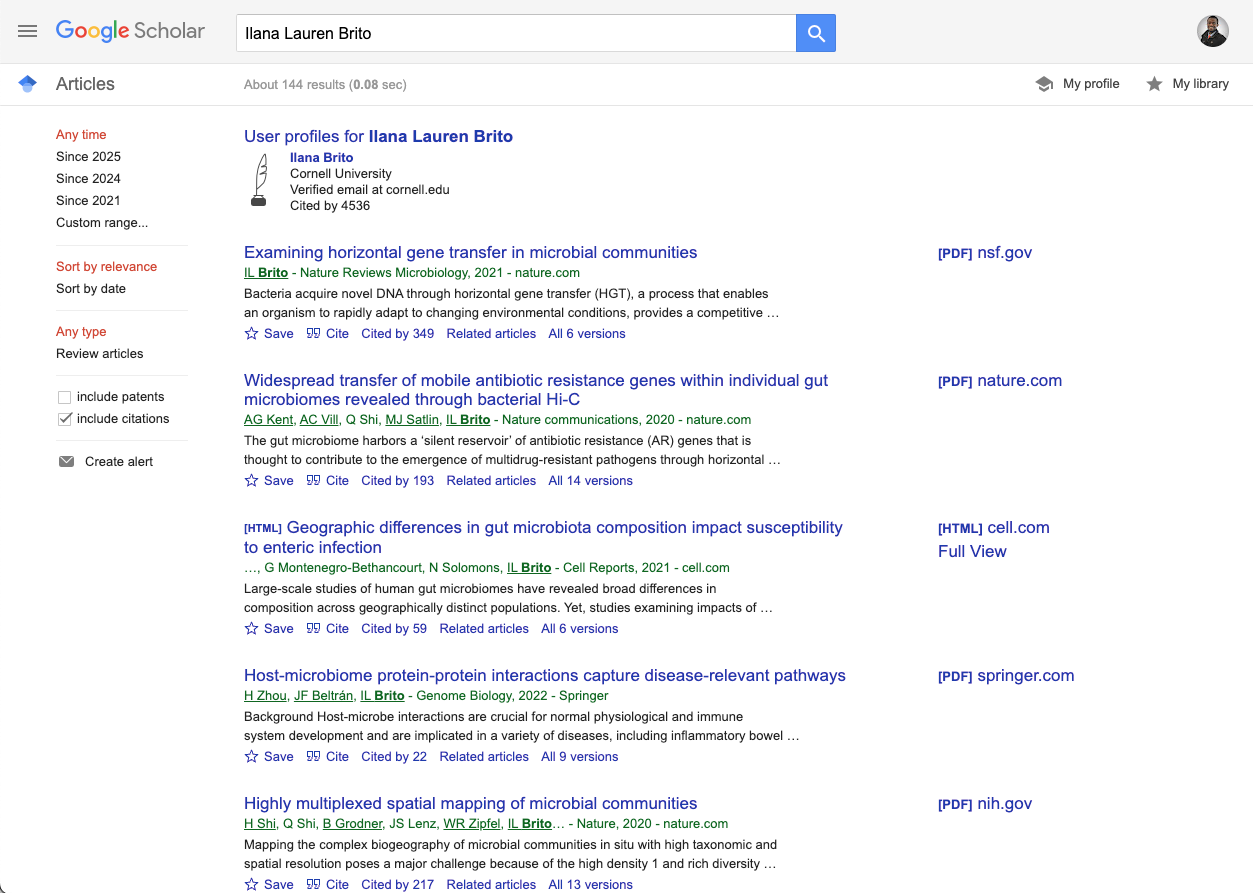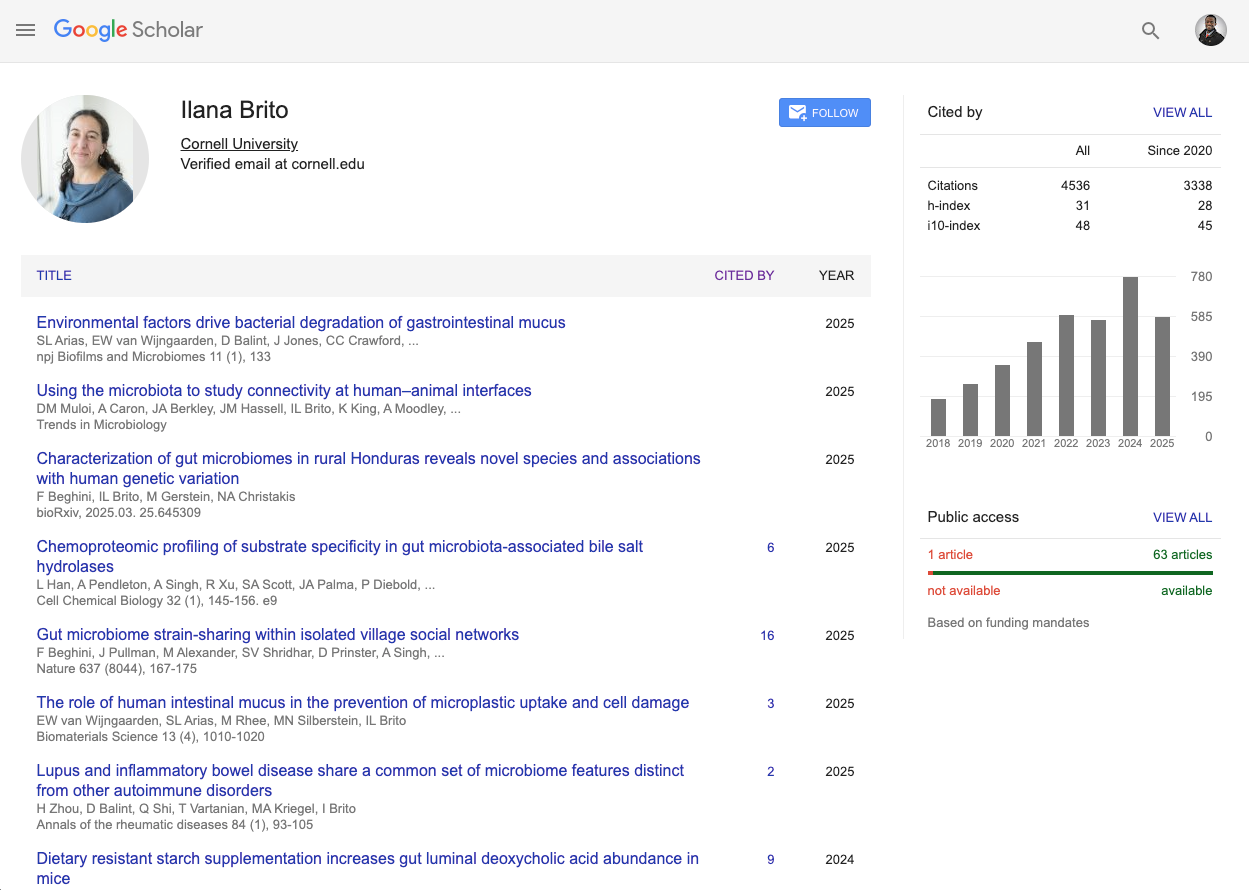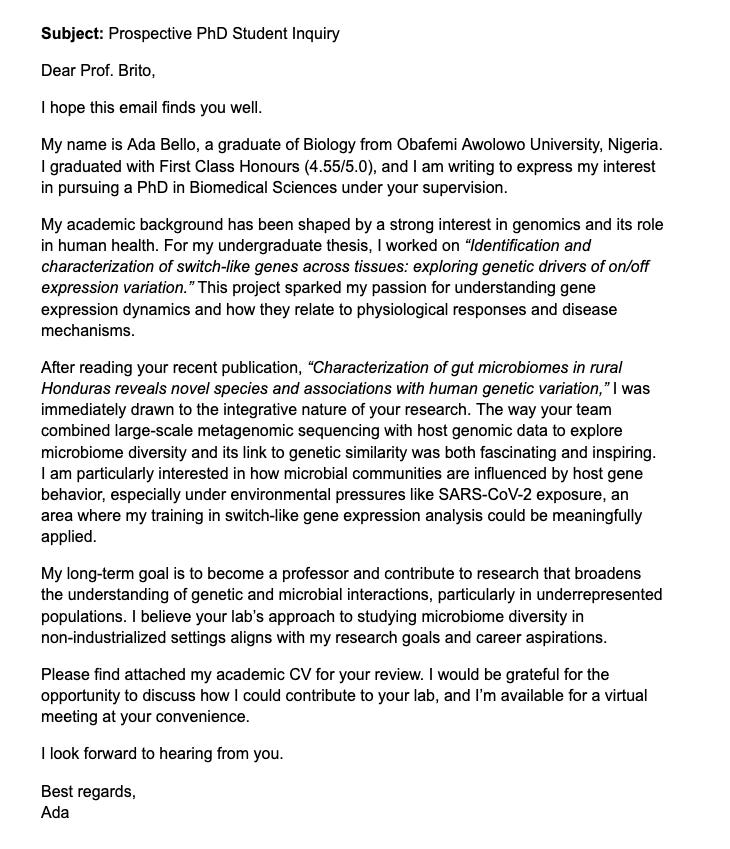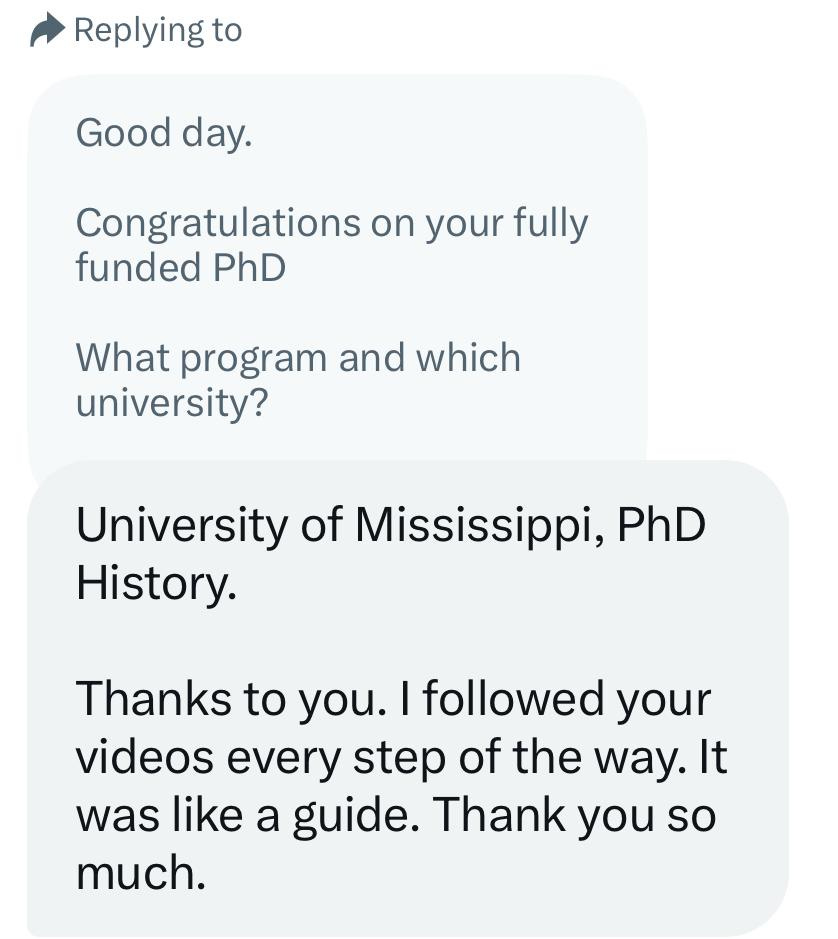How to Get Scholarships Using Emails
Professors have the money you seek. You need to learn how to get their attention.
Welcome to issue #022 of ScholAfrica. Every Wednesday, I send an essay that helps you get the scholarships and visa you need to experience a better life abroad and give your family the life they deserve. If this was forwarded to you, you can subscribe here:
An announcement before we start:
The SA Scholarship August Bootcamp starts in 10 days.
Learn how to get fully funded scholarships to Canada, the US, and Europe.
There is a ₦50,000/$30 discount available only for the first 50 people. After 50 signups, the price increases again.
Today, I’m going to show you how to get scholarships through cold emails.
If you understand how to write great emails, you can get fully funded scholarships for your Master’s or PhD before applying to the university.
This is like an insider hack where you have admission before even applying (because you have secured a supervisor already).
Unfortunately, most scholarship applicants don’t know how to do this correctly.
Professors only read emails that catch their attention.
Professors get about 10-100 emails every day, depending on several factors (school ranking, their research area, etc). They ignore emails that:
Are generic
Contain errors
Come from lazy students
Looks like copy and paste
But when you learn how to send emails like a pro, in the worst case, they tell you they don’t have space in their lab. In the best case, you get scholarships and your life changes forever.
Today’s article is long and in-depth. Here’s how to do it step by step:
Step 1: Select Potential Supervisors!
Before sending any email, you need to do some homework.
This goal here is not to send 1000 emails. It is to send 20-30 top-notch cold emails that can’t be ignored.
I’ll use a visual example to show you how to do this. We’ll use Cornell University. (I won’t add all the pictures, so I don’t make this email longer than it already is.)
Find the university on Google. Search with “[university name] graduate programs”
Click on “Fields of Study” or “All programs”
Click on your desired program. We are applying for a “PhD in Biomedical Sciences,” so I’ll click on that. Then go to the program’s website.
Look for “Faculty or People” and click on it. (In Cornell here, we just scroll down to the bottom of the page)
Check the Profiles of the Professors. (Prioritize Assistant professors over Associate professors or full professors). Assistant professors want to get as many publications as they can so they can get tenure.
Read their research interests.
Select 1-3 professors in that school whose research interest aligns with yours.
Step 2: Find their recent publication!
The biggest mistake a lot of applicants make is to just find professors and send emails without reading what they are working on at that time.
This is where your uniqueness will be seen.
Let’s continue with our Cornell example. Let’s say Prof Ilana Lauren Brito is one of my professors. I’ll click on her profile.
Read more about her work. Save her email address somewhere safe (we’ll use it in step 4).
I still like what I see, so I’ll do more research on her. Go to scholar.google.com and search for her name.
Under “User Profiles”, make sure her name and university match what you’re looking for. The choice below is correct because she is indeed from Cornell University. So click on her name, “Ilana Brito”
Click on “YEAR” so it sorts by Year. Then find the first 2 publications with her name as the first or second author.
So our first choice is “Characterization of gut microbiomes in rural Honduras reveals novel species and associations with human genetic variation”
Read the description (that’s also the abstract). If you have [PDF] on the top right (as we do below), you can click that and it’ll take you straight to the publication.
Copy that abstract, we’ll need it in the next step.
Step 3: Use AI to get improvement suggestions
To get scholarships for master’s or PhD through cold emails, you’ll be coming in for research, and you need to have some prior research experience. If you don’t have publications, your final year research project will do.
Let’s say my final year project (not published) was on “Identification and characterization of switch‑like genes across tissues: exploring genetic drivers of on/off expression variation.”
Now get your research experience or the abstract from Step 2, then plug it into ChatGPT with the prompt below. The prompt will give you 2 takeaways and 3 research suggestions from the publication. Use either one for the next step.
Prompt:
I’m preparing to reach out to a potential supervisor whose paper I recently read. I’d like to reflect on the research and find a way to connect it to my own background, while also suggesting ways I could contribute to their lab if given funding.
Please do the following:
Read the abstract of the article below and summarize 2 key takeaways that demonstrate its core findings or innovations.
Use the research background I provide to identify overlapping areas or relevant experience.
Generate 3 personalized suggestions for how I could contribute to the supervisor’s lab in a way that aligns with their work and justifies funding support.
~
Abstract of the Article: [Insert abstract here]
~
My Research Background: [Insert your research experience, e.g., undergraduate thesis, projects, tools/languages used, published papers, etc.]
~
Please make the tone professional yet enthusiastic. Sound like someone genuinely interested in joining a lab and contributing meaningfully.
Plugging that into ChatGPT gave me really good suggestions. You can see the full prompt and output here: https://chatgpt.com/share/6889087b-8e98-8007-8a8b-a170347b8328
I’m going with this suggested improvement (we’ll use it for the next step):
Integrative Genomic Analysis of Host-Microbiome Relationships: I could support the lab’s ongoing efforts by leveraging my background in identifying switch-like gene behavior to explore how binary or tissue-specific gene expression patterns might correlate with variations in microbial taxa or metabolic function, especially under longitudinal or environmental stress conditions like SARS-CoV-2 exposure.
Step 4: Send them a unique Email!
All we’ve done so far is to prepare ourselves for this step.
Here’s a simple template to work with:
Subject Line: Simple and specific eg. “Master’s Opportunity in Your Lab" or "Prospective PhD Student Inquiry"
Greeting: Polite and professional
Paragraph 1: Who you are and why you’re reaching out.
Paragraph 2: Your background and academic journey.
Paragraph 3: Why this professor and how their work stands out.
Paragraph 4: How this opportunity aligns with your future plans
Conclusion: Attachment and opportunity for a virtual call.
Sign-off: Professional and first name only.
This is what I’ll send to Prof. Ilana Brito. (This is an example template that you can tweak for your situation)
Step 5: Follow up!
Send this email to only one professor at a time.
Make sure you get a response from that professor before sending to another one.
After sending this email, if you don’t hear back from them, then send a follow-up after 2 weeks. Send another follow-up after another 2 weeks. If still no response, then send it to the second professor.
In Summary:
Writing cold emails is a skill that translates beyond scholarships. You can use this to land a job, get funding for your business, sign up new clients, etc.
Before you send any email to professors for scholarships:
Step 1: Select potential supervisors
Step 2: Find their recent publication
Step 3: Use AI to get improvement suggestions
Step 4: Send them an email
Step 5: Follow up
P.S. If you want to get fully funded scholarships to study in Canada, the US, or Europe, then the SA Scholarship Bootcamp is for you. You’ll learn all the scholarship application strategies, get essay/cold email templates to help you win, a review of your application documents, and a community of like-minded scholars.
Secure your 1/50 available slots here.
That’s it for today!
As always, thanks for reading.
Reply and tell me your biggest takeaway from today’s newsletter.
Weekly Scholarship Highlight:
Oxford-Pershing Square Graduate Scholarships in the UK
The Oxford Pershing Square Graduate Scholarship awards full scholarships to support outstanding students on a dual master’s degree (1+1 MBA), covering both the Master’s degree and the MBA year.
Reward:
👉Full Funding for all course fees and;
👉Living grant worth at least £20,780 for both years of study.
Deadline: January 7, 2026
Official Website: https://www.sbs.ox.ac.uk/oxford-experience/scholarships-and-funding/oxford-pershing-square-graduate-scholarships
If you found this post helpful, the best compliment I could receive would be if you shared it with one person or restacked it.
Whenever you're ready, there are 3 ways I can help you:
The SA Scholarship Bootcamp: This 6-week Bootcamp is designed to help you secure fully funded master’s and PhD scholarships in Canada, the US, and Europe by submitting high-quality applications in just 6 weeks, with expert guidance every step of the way. The next cohort begins on August 9th, 2025, and registration is currently open.
The Self-paced Masterclass: This self-paced masterclass shows you the 14 steps you need to get fully-funded US scholarships for master’s and PhD - no matter your CGPA. It’s perfect for applicants who have never applied before or those who consistently receive rejections or partial funding. Getting US scholarships is much easier than you think.
F1 Visa Interview Coaching Call: Get your F1 (study) visa in your next interview. I combine my five F1 visa interview experiences with my expertise in learning from visa officers to thoroughly prepare you for your visa interview. We will identify your strengths and prepare you to deliver them confidently. Your story is the secret to your visa approval.



